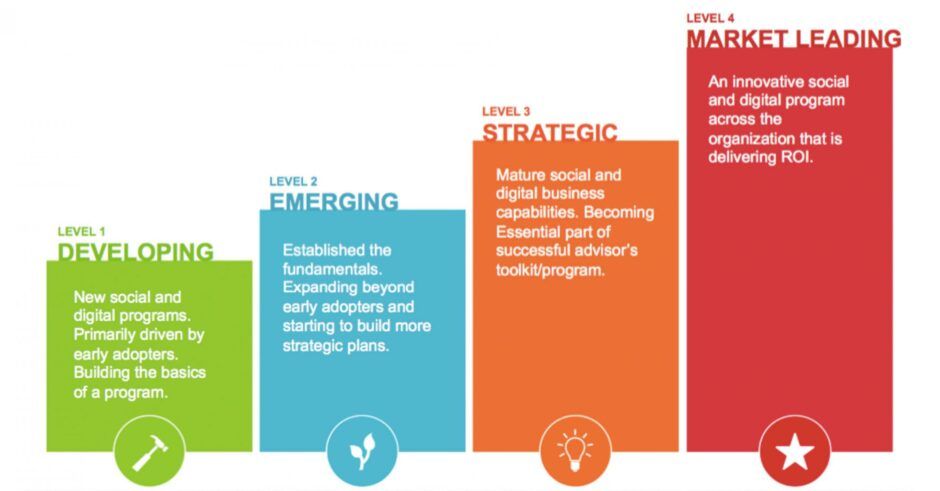Many business managers are going through a digital transformation in which they hear new terms like sprint, scrum, MVP as well as Cloud migration, Artificial Intelligence and so on. This can be a daunting endeavour, so how do you know your business is actually generating value from the digital transformation? How do you measure the maturity of your agile organisation?
An introduction to the Agile Value and Maturity Model – #AVMM
Let’s start with analysing agile reporting. Agile comes with a totally new vocabulary. Your teams are likely being lead by a scrum master who has helped the teams schedule the “backlog” of user stories and epics focusing towards minimum valuable products. Agile story points indicate how complex each user story is. Sprint burndown charts allow you to track if a sprint is on track. Epic and release burndown charts allow you to evaluate the progress of larger deliverables.
However, if you are like me, those charts might be hard to understand and translate back to tangible business impact. That is why your focus should be on the DBB chart. Before explaining the DBB chart, let’s focus first on agile team maturity.
Before digital transformation, CMMI and other maturity models allowed companies to have audits done on their teams and get a one to five rating. For agile there is not enough maturity in regular companies hence these models haven’t matured yet. However, there is a 5 rated agile maturity model called FAANG that others can copy.
FAANG rated companies measure the times to release new features in how many have been launched per hour. Some even deploy new features almost on average every second. Needless to say that all their processes are fully automated. FAANG gives you the ability to enter into new industries and make established players irrelevant.
From a data maturity and volume level they measure in petabytes and some now are moving to exabytes.
Security is the only area where even FAANG rated companies struggle. This has to do with a competition that was organised some years ago whereby top hackers were invited to try to penetrate one of the most highly-secured institutions in the world. HackP was a big success with the first successful report coming in only 13 minutes.
How to become an #AVMM success?
The first rule to become an #AVMM success is to hire an innovator.
The second rule is to listen to the innovator.
The third rule is that the innovator will tell you that FAANG stands for Facebook, Amazon, Apple, Netflix and Google. Many of them deploy multiple times per hour. Have peta if not exabytes of data. Got hacked multiple times. Even the Hack the Pentagon (HackP) got hacked in only 13 minutes when it was first organised and had to accept over a hundred vulnerabilities. So if these companies can launch, analyse and secure more, better, faster and cheaper than you, what is it you are going to do about it if they decide to enter your industry? If even they get hacked, what are you going to do about security? You can always follow the DBB chart! Go from analogue to become a Digital BlockBuster [DBB]. Unfortunately, your digital transformations, sprints, scrum masters, Cloud and AI will not guarantee you the answer, and neither will a blog post on any social network. What you need is real innovation, not digital makeup. Anybody that sells you digital transformation as the solution to all your business problems is selling you snake oil.
So what should you do?
Set up an innovation team and make it compete/collaborate with digital teams
Hire a team of innovators from outside of your industry and on purpose under budget and understaff them initially so they cannot solve your most critical business problems like you have always solved them. Allow them to question everything and anything that your industry accepts as a rule of business. Allow them to fail fast and cheap, many times.
Digital teams should focus on delivering cheap and fast what customers want. Innovation teams should focus on delivering cheap and fast what customer did not know they wanted and now cannot live without.
Upskill your management around the dangers of disruptive innovation
Lots of industries are actively being disrupted, e.g. Car industry by Tesla & Google; space by SpaceX; … Your management needs to understand that unless they have innovators and technologists helping define new ways to launch new products that redefine the industry; have market fit; are better, cheaper and faster for customers; your industry is at risk of being made irrelevant. Study models like Kodak vs Fujifilm, where both saw their core business disrupted but one grow better out of it. Read books from the likes of Clayton Christensen about the innovator’s dilemma and job theory. Others like Lean Startup. Understand Simon Wardley’s maps for your industry. Create ecosystems and platforms
Restructure your business into three parts
The cash-cow, the growing business and the future business. The future business should be allowed to continuously launch new ventures to make sure your business keeps on growing. The whole company should be measured on one index, the #InnovationIndex. How many percentage of your profit is generated by products that did not exist 5 years ago! Only by having a high #InnovationIndex will your company be able to withstand commoditisation of its current markets and products because there will always be new products to fill the gaps and make the company grow. Teams in new ventures should have different skill sets and backgrounds. Organising a company in functional departments is the worst strategy to be agile, cheap and best in class. Digital technologies make economies of scale irrelevant. So if your current business is competing on more offices/branches, more salespeople, more staff, you are likely to be disrupted. Focus on failing fast and cheap instead. Finding marketfit. Scaling up fast anything that has been proven.
Good luck


